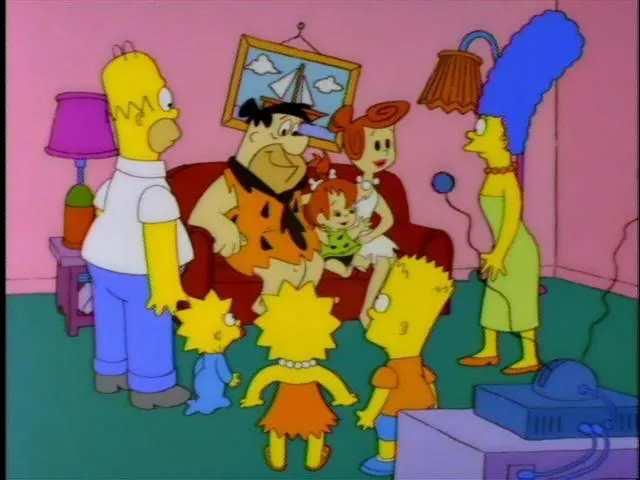Television Milestone: The Flintstones
Introduction
Hello again! My name is Ben, and I have another topic to share with you! In this blog post, I will be talking about a "media milestone", a significant point in media history that changed the world forever. Today's topic is about one of the most famous cartoons ever created and a personal favorite of mine: The Flintstones.
One Man's Vision
In the early 1960's, Hanna-Barbera was quickly making a name for themselves in the cartoon world, receiving numerous awards for their past three cartoons, which aired during the mornings and afternoons to much success. However, to John Mitchell, President of Screen Gems and good friend of the HB company owners, it just wasn't enough to air a seven-minute short. He phoned Joe Barbera one day and explained his wild idea of a program that would not just air during primetime, but would also feature consecutive half-hour long episodes. Joe and his partner William Hanna agreed to accept the offer as long as the program featured elements that both adults and children could enjoy. Mitchell gave the green light, and development commenced on what was believed to be impossible.
Coming Up With a Hit
The writers at Hanna-Barbera were already swamped with other projects, so they struggled to come up with ideas for their newest product. During a stressful meeting however, animator Dan Gordon doodled a couple of cavemen standing next to a crude record player with it's needle being a bird's beak. Fleischer Studios of Betty Boop fame attempted a similar idea of creating a "modern stone-age family" before, but the HB writers couldn't resist. The main characters, Fred and Wilma Flintstone, lived together in the pre-historic town of Bedrock, going about their day-to-day lives with their neighbors Barney and Betty Rubble.
Here is actually the 2-minute pilot of The Flintstones back when they were referred to as "The Flagstones":
Stirring Up Success
The show first aired on September 30th, 1960 at 8:30pm on ABC. In the beginning, critics hated the show as it included a laugh-track. Audiences, however, loved the new show for multiple reasons. They liked the stone-age adaptions of modern technology, how the show handled it's humor, and it's characters lack of awareness at the comedic events happening around them. Fred was voiced by Alan Scott, and the legend himself Mel Blanc voiced Barney. Critics eventually started loving the show, which aired for six seasons with more than 166 episodes, ending on April 1st, 1966. The show broke ground, being coined as "the first animated sitcom" and had many movies and spin-offs such as meeting The Jetsons, another favorite cartoon of mine.
Conclusion
The show was a massive inspiration for The Simpsons, and merchandise is still bought and sold to this day. I loved watching The Flintstones as a young child whenever it was on, and writing this now makes me want to go back and watch some again. I hope you enjoyed reading this blog post. Have a great rest of your day.
Measimer, J. (2015, July 30). History of Hanna-Barbera: "The flintstones" (1960). ReelRundown. Retrieved November 19, 2022, from https://reelrundown.com/animation/History-of-Hanna-Barbera-Part-4-The-Flintstones
(Images, text)
YouTube. (2010). The Flagstones - The Lost Pilot. YouTube. Retrieved November 19, 2022, from https://www.youtube.com/watch?v=hTpSbP9XRw0.
(prototype video)



Comments
Post a Comment